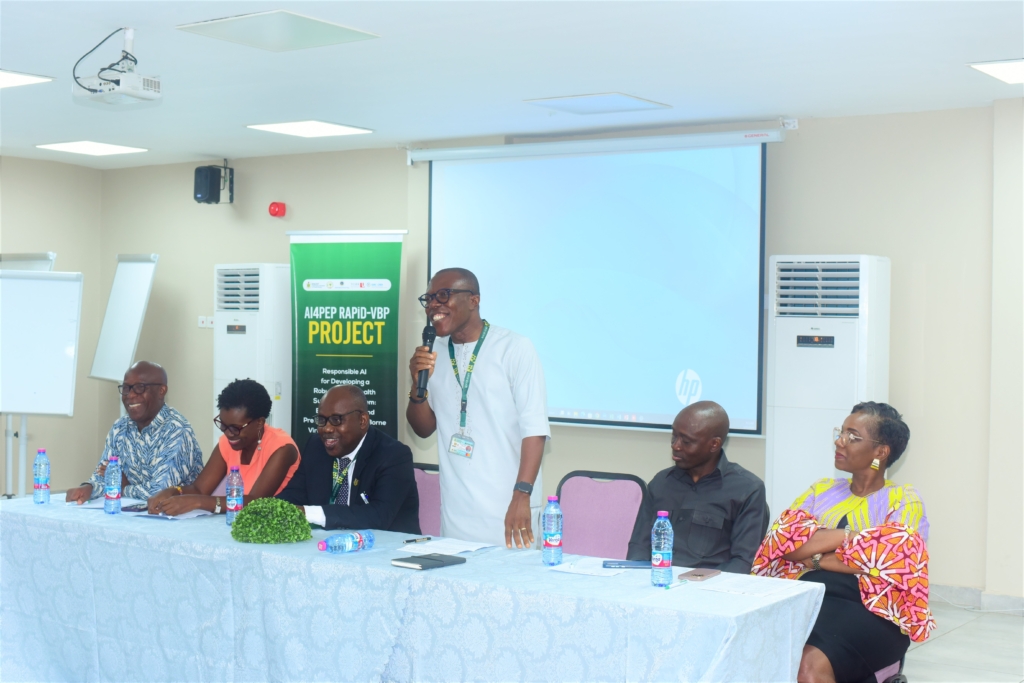
Life in Sudan’s capital Khartoum, normally a bustling metropolis, has been turned on its head.
Residents are now living in a war zone. Sudan’s army and the paramilitary Rapid Support Forces (RSF) are locked in brutal street combat as helicopters and fighter jets roar overhead.
It was almost exactly a week ago that the peaceful city erupted into violence. Since then, information coming out has been patchy, and access for journalists has been difficult, in a country where media freedom is already restricted.
But the BBC has combed through dozens of videos, mapped the fighting, and spoken to residents to uncover how airstrikes and artillery have devastated the heart of Khartoum.
The city is usually home to 5.4 million people, and many of those that remain are trapped indoors – or trying to escape.
Dallia Mohamed Abdelmoniem, a resident of the city, said the “empty frightened streets” made Khartoum feel like a ghost town, with people “huddled in their houses not knowing what’s going to happen next”.
Fighting traps civilians in their homes
Footage emerging during conflict can be unreliable, but the BBC has verified videos from Sudan by cross-referencing landmarks with satellite imagery and other sources, looking at the shape of the roads and roofs, the distance to the airport and nearby rivers, and local weather to establish when and where the video was first published.
We have therefore been able to locate the sites of some of the heaviest fighting in the city over the past few days, including gun battles and the use of tanks.
All of them are in or close to places where lots of people live.
The impact on civilian life has been particularly acute because the city’s geography means high-level targets, such as the military headquarters and the Republican Palace, are located near residential areas.

As you can see from the satellite image above, almost all of central Khartoum – south of the Blue Nile – is densely populated. So is Khartoum North, where fighting is also taking place.
Monzir Bashir, a journalist based in Khartoum North, told the BBC he could hear explosions “from all directions” and that he had seen at least four people shot “near the well we bring water from” on Wednesday.
Heba, a Khartoum resident, said that brief lulls between the explosions and gunfire seemed to last an eternity.
“We now fear the silence more than the sounds of the clashes,” she said. “Because after the pause, there are even louder bangs.”
Below are five verified videos from the city in the past few days.
In the first, a video from Khartoum’s Al-Sahafa neighbourhood on Friday shows a black smoke cloud rising over the airport there. The video shows how close residents are to the fighting: Khartoum’s international airport is right in the middle of the city, near to several residential areas, hospitals and schools.





